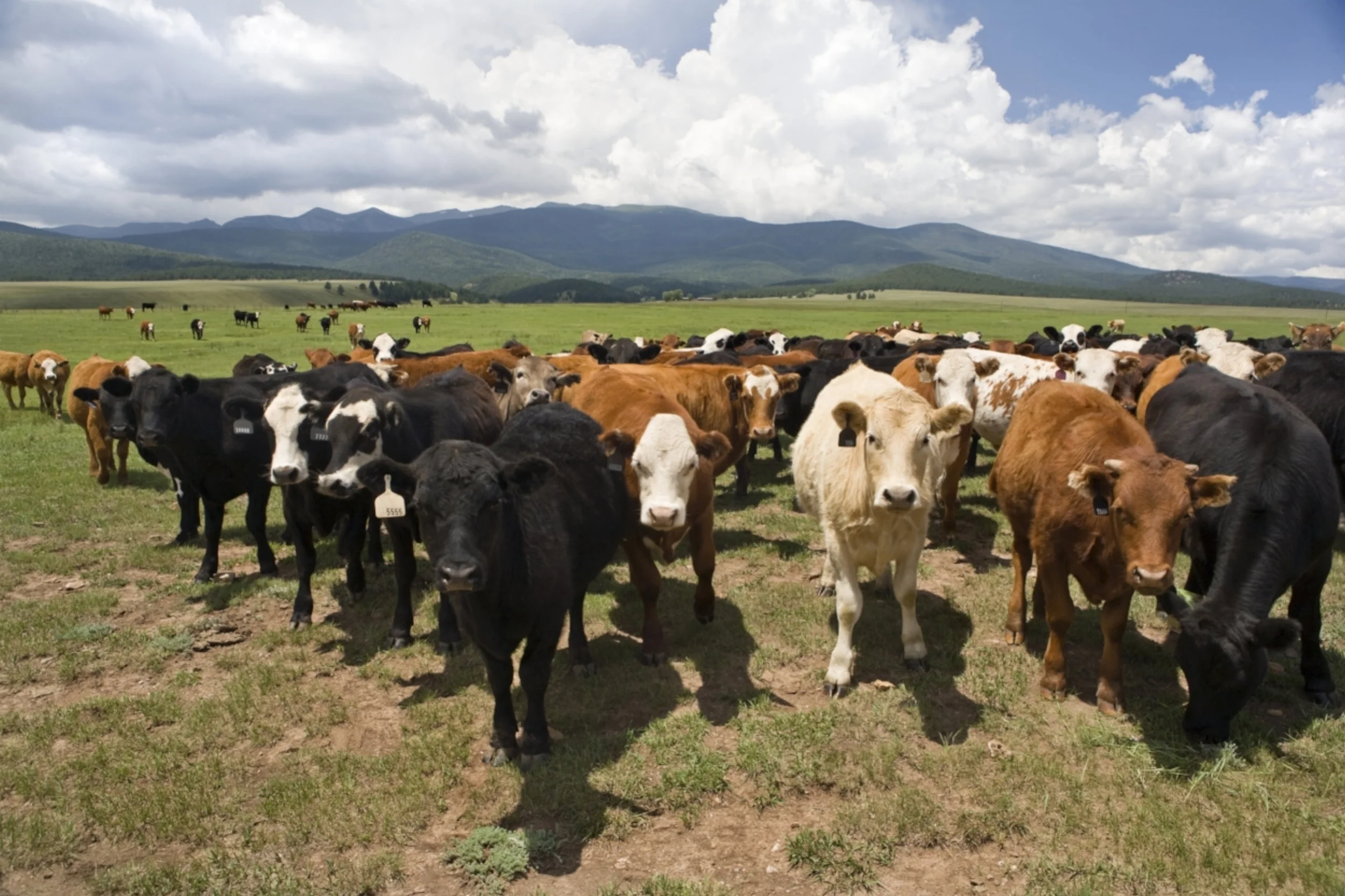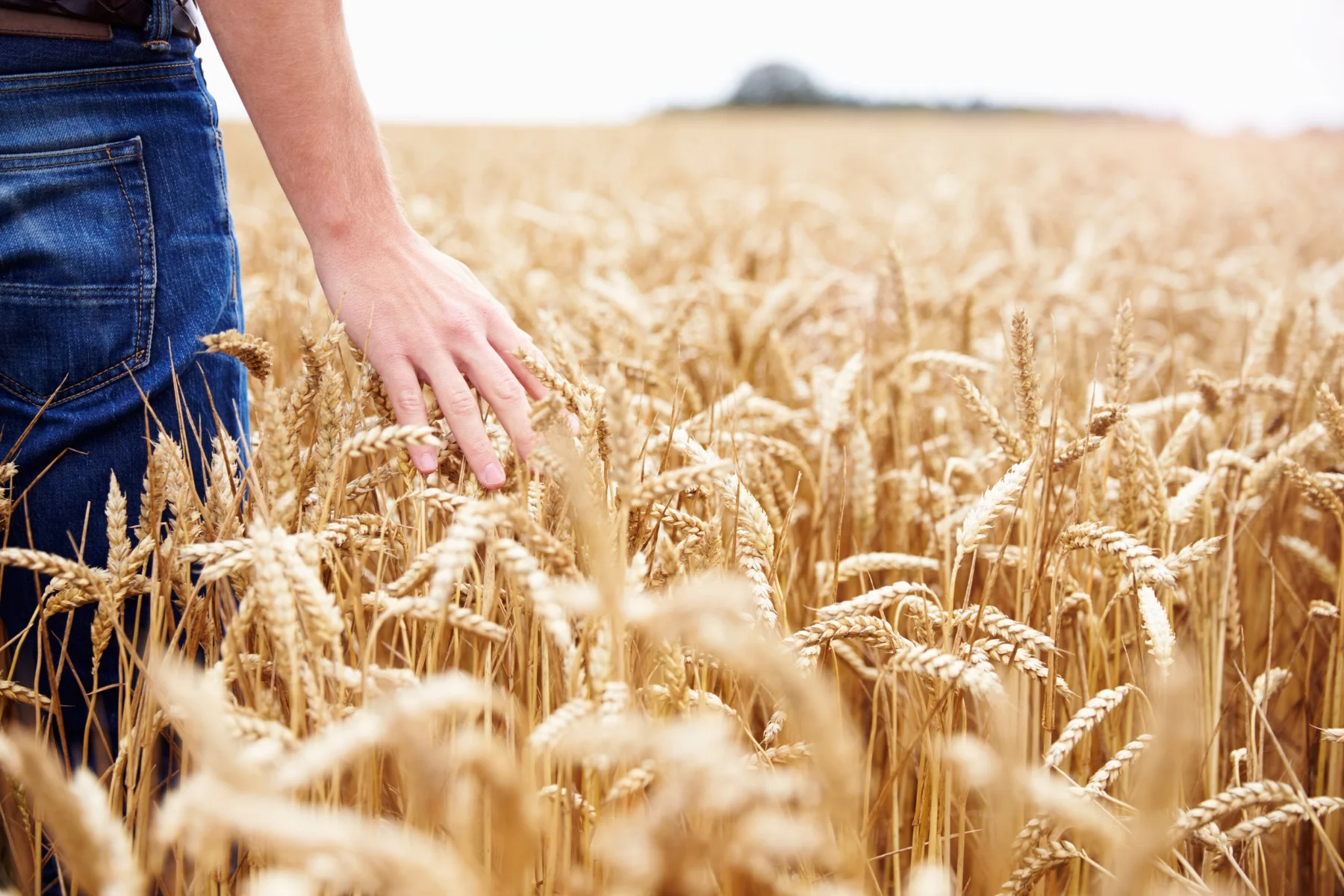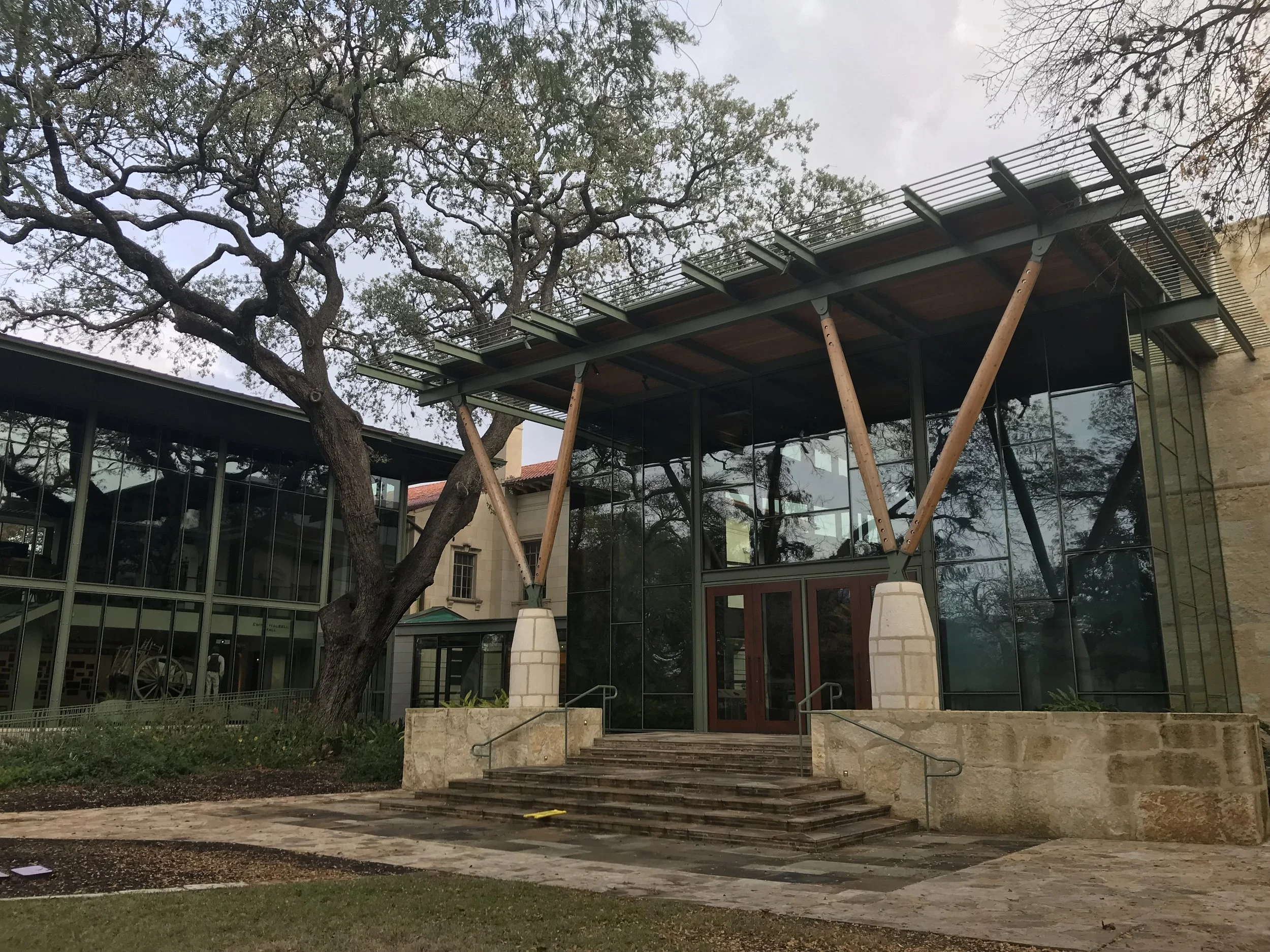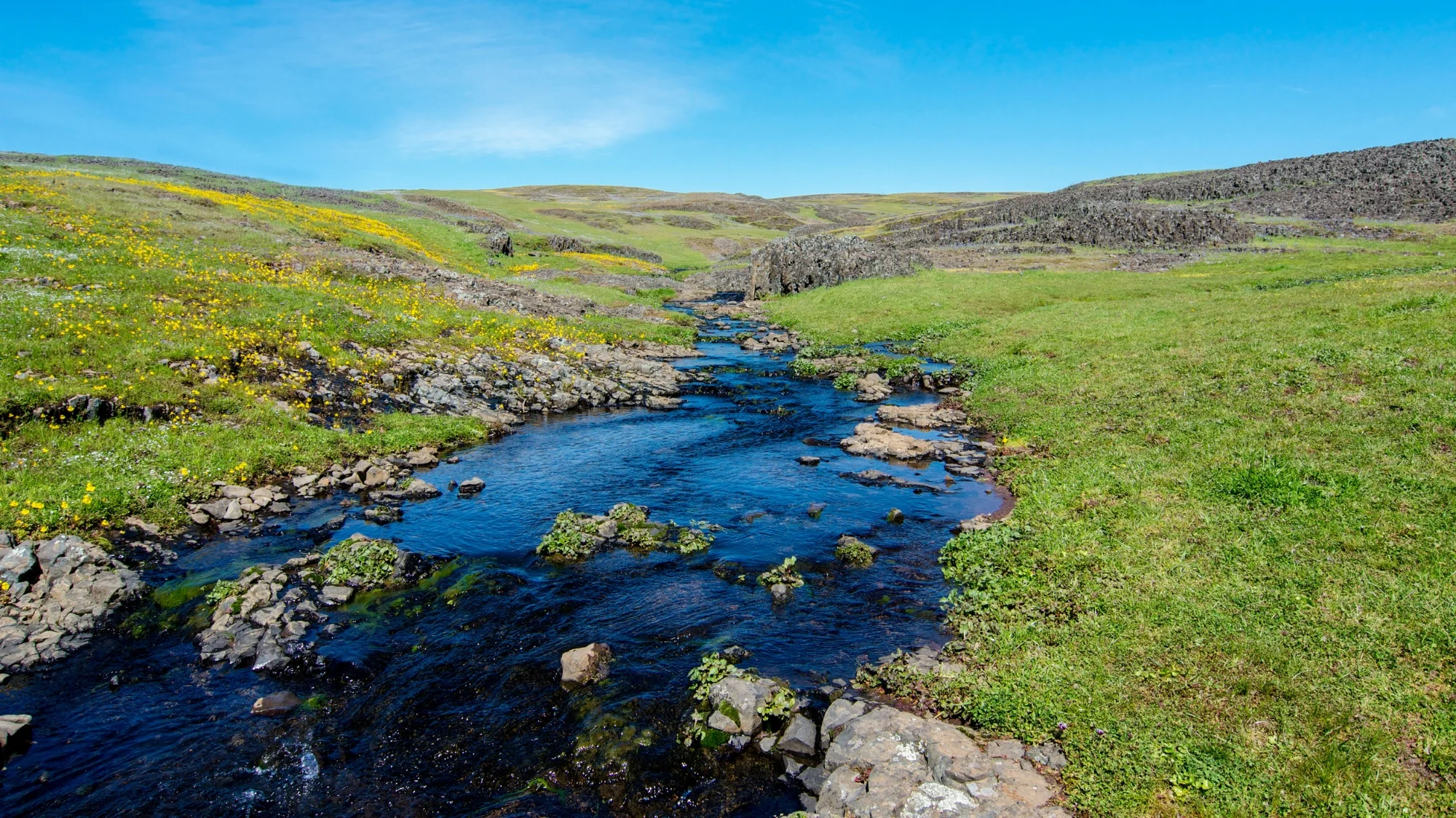In meeting with grocers, school superintendents and cooks, farmers, educators, ranchers, meat processors, bakers, chefs, extension agents, community garden growers, non-profit leaders, senior center volunteers, community leaders, plant start growers, food entrepreneurs, cheese makers, backyard gardeners, and farmers market regulars, Becca and I were able to get to know the communities of Mackay, Leadore, North Fork, Salmon, Elk Bend, and Challis, to really know them. The shared fears and hopes that reverberate throughout so many rural western communities were made specific and singular in the hands and hearts, dreams and desires of the people who call Central Idaho home.
CELL GRAZING RULES OF THUMB
Late last year, the folks with Ranching for Profit , Western Sustainability Exchange, and Crazy Mountain Stockgrowers Association hosted an informational session on ranch profitability and cell grazing. At this interesting events, we picked up a handful of “rules of thumb” worth sharing.
SYSTEMS APPROACH TO LAND AND CATTLE
At the recent Western Landowners Alliance Land & Livelihoods conference in Billings, Montana, Burke Teichert shared his thoughts and insights on what he calls the Systems Approach to land and cattle. The rules of thumb and short lists provided by Teichert distill a complex subject and complicated processes down to tangible action items and measurable indicators of performance. All of Teichert’s tools and rules really speak to the larger topic of profitable decision making.
UPPER COLORADO RIVER PILOT PROGRAM ENDING
The Upper Colorado River Commission System Conservation Pilot Program (SCPP) will be put on hold after this year. The program has funded 45 fallowing efforts at an average cost of $205 / acre-foot of conserved consumptive use in the first three years. In 2018, ranchers and famers in the upper basin will receive $3.9 million in payments through the program.
INTRODUCING OUR LAND SUCCESSION PLANNING SERIES
According to the United States Department of Agriculture census data, the average age of farmers and ranchers exceeded 58 years of age for the first time in 2012. Succession planning is one of the aspects of aging land operators and properties nearing transition.
SOUTH TEXAS HERITAGE AT THE WITTE MUSEUM
Did you know that for nearly a century, San Antonio was the largest city on the western frontier? Or that Texas is the only state to have farm to market roads? Our recent visit to the Witte Museum's Robert J. and Helen C. Kleberg South Texas Heritage Center immersed us in the culture and history of ranching in South Texas.
MT & WY PROGRAM DEADLINES FOR NRCS ACEP FUNDING
The USDA's Natural Resource Conservation Service (NRCS) is accepting applications under the Agricultural Conservation Easements Program (ACEP) for the Agricultural Land Easement (ALE) and the Wetland Reserve Easements (WRE) programs. The deadline for funding in Montana is March 1, 2018. The announced cut-off date for funding consideration in Wyoming is January 26, 2018.
SHIPPING DAY AT LONETREE LAND AND LIVESTOCK
SEASONAL MONTANA TWO DOT DINNER
Agriculture plays a pivot role in the economy and culture of Montana. Together companies like Seasonal Montana and Two Dot Land and Livestock, which intentionally and tirelessly work to connect folks throughout the state to the landscape, strengthen the connection of people and place.
AGRICULTURAL WATER USE IN GALLATIN VALLEY
Recently we visited the Gaffke Ranch in the Gallatin Valley. The most impactful part of the tour was not the low water component, but Mike's take on the changes to water availability. Mike seemed to be more concerned with the dissolution of community as a result of the decrease in agricultural water users than the water itself.
ADDITIONAL REVENUE STREAM FOR RANCHERS
National agriculture industry consulting and CPA firm K-Coe Isom recently announced a new program aimed to help ranchers generate revenue from conservation projects while simultaneously reducing the rancher’s inherent risk of testing and implementing such projects. Funded by the USDA Natural Resource Conservation Service (NRCS), the program is specific to ranchers whose property is located in priority sage grouse habitat or crucial mule deer winter range or designated mule deer migration corridors within Montana, Colorado, Wyoming, Idaho, Utah, Nevada, or California.
KIDDING AROUND AT FARM 51
Just outside of Bozeman in Kelly Canyon, Jennifer and Chris Boyer raise boer and nubian goats on Farm 51. They provide sustainably-raised goat meat to restaurants in Bozeman and to consumers through the local Community Co-op. Farm 51 has grown organically from a hobby to a business for the Boyers.
THE HIGH DIVIDE COLLABORATIVE
The High Divide region of Idaho and Montana straddles the Continental Divide along the Idaho-Montana state line and is the center of connectivity between the Greater Yellowstone Ecosystem, the Crown of the Continent and the wilderness Central Idaho. Although the region only encompasses two states, it has continental significance because it houses headwaters for the Missouri and Columbia watersheds and it is a stronghold for wildlife that have disappeared from much of their historic range.
To protect this crucial area, the High Divide Collaborative is bringing stakeholders together to work collectively to conserve and restore lands of importance for local communities and to protect ecological integrity at the landscape scale.
PLOWING FORWARD
The agriculture industry dominates the Montana economy. In Montana, agriculture is a $4.5 billion industry with a connection to one in five Montana jobs. There are 28,000 farms and ranches in Montana. And, the state is #1 in the nation in production of pulse crops and #2 in organic acres. All of these farms, ranches, crops, and people that work in the industry are affected by climate.
According to ongoing research, by 2050 Montana will likely realize a 4-6 degree increase in the temperature, 20-40 fewer days below freezing, and 5-10% less summer rain.
PERENNIAL GRASS RESEEDING
As part of the The Western Governors' Association (WGA) hosted a webinar on Rangeland Management Strategies, the speakers dug into some of the challenges and opportunities with reseeding.
There are a number of barriers, which vary across time and space, to native seedling survival. If soil freezes for even a 24-48 hr period, up to 90% of the germinated seeds can die. Alternatively, a couple of warm days in December can cause seeds to germinate. Precision restoration is key to perennial grass reseeding.
RANGELAND MANAGEMENT STRATEGIES
Data from rangeland studies in both Oregon and New Mexico supports grazing as a strategy to promote ecological resiliency. Grazing can be used to manage and promote perennial grasses. In a study focusing on The Great Basin area, researchers found that the fuel moisture of un-grazed rangeland was 21% whereas the same fuel moisture of properly grazed rangeland was over double that at 46%.


















